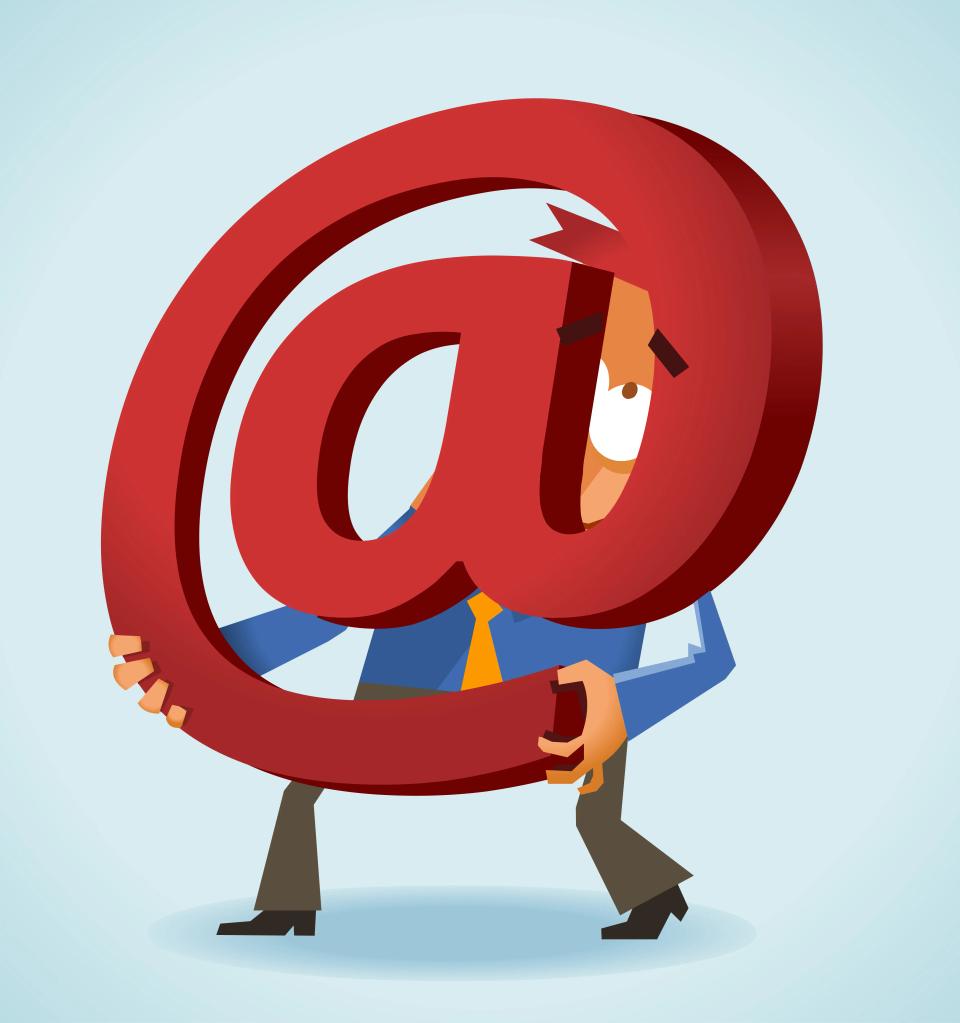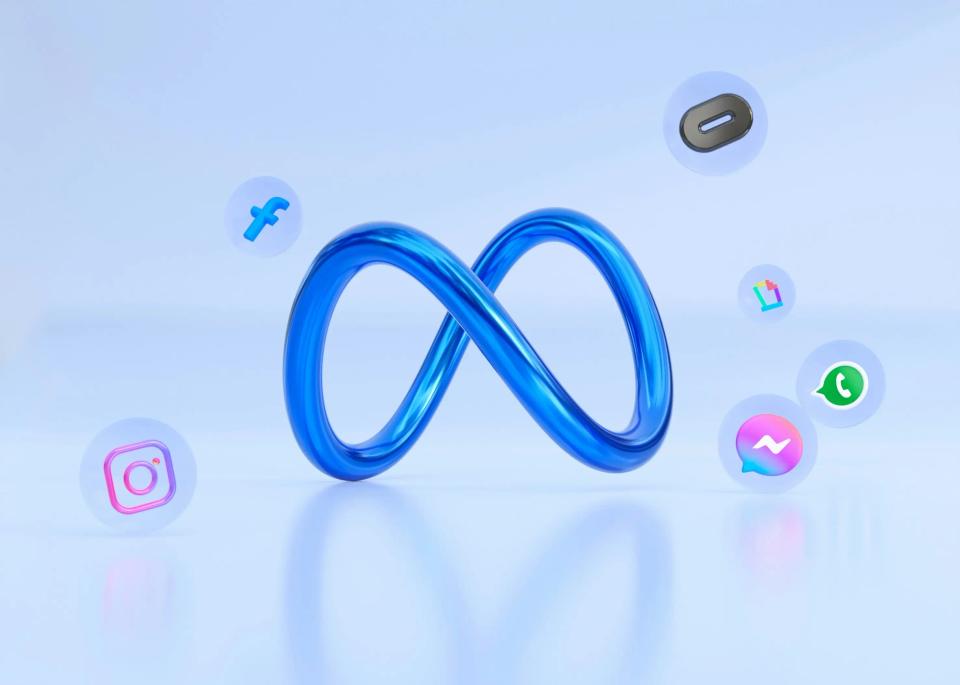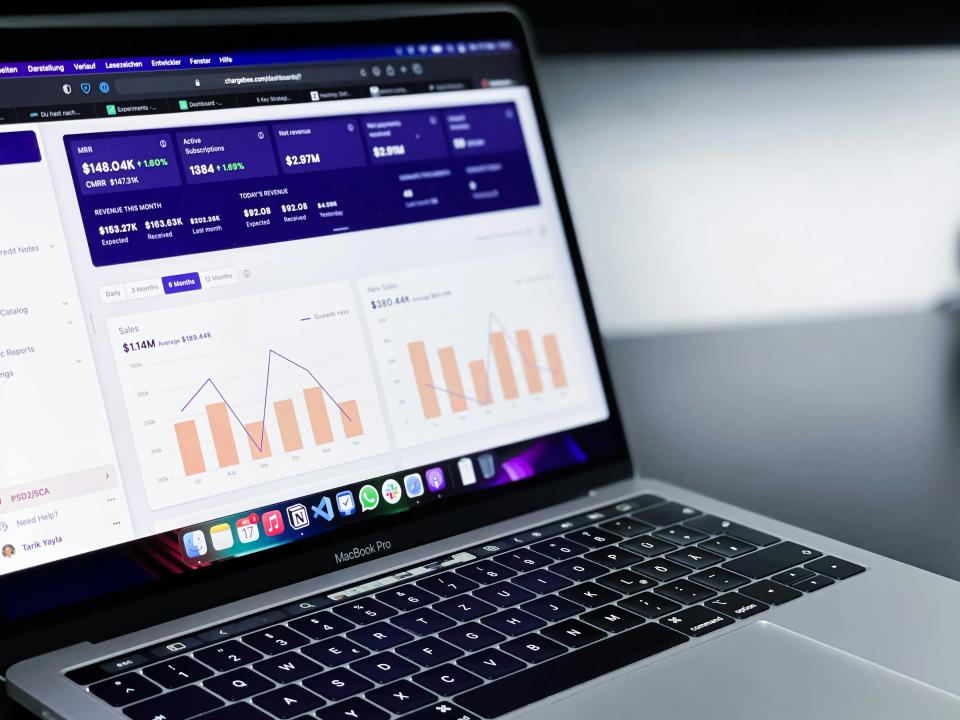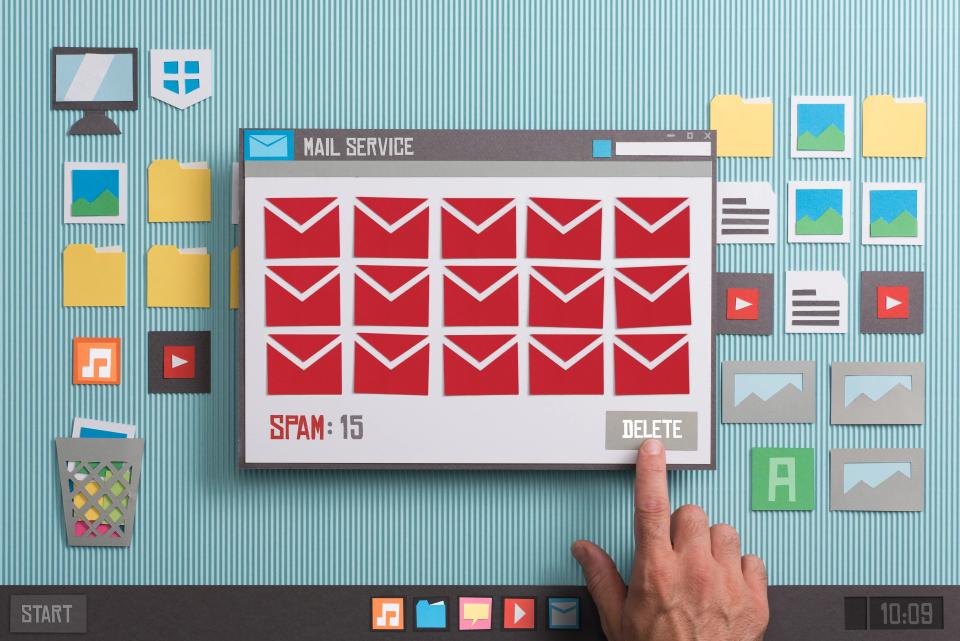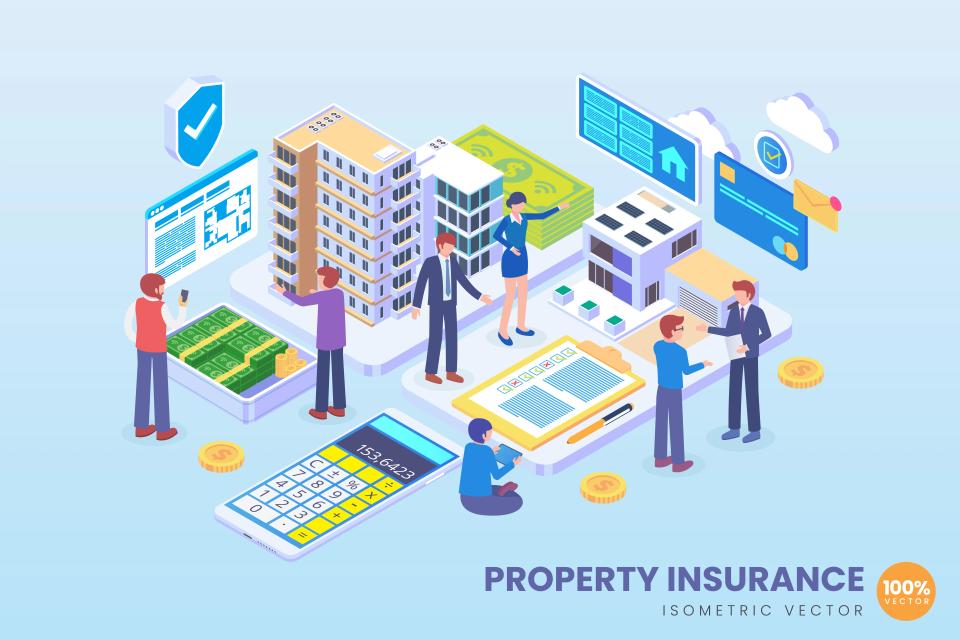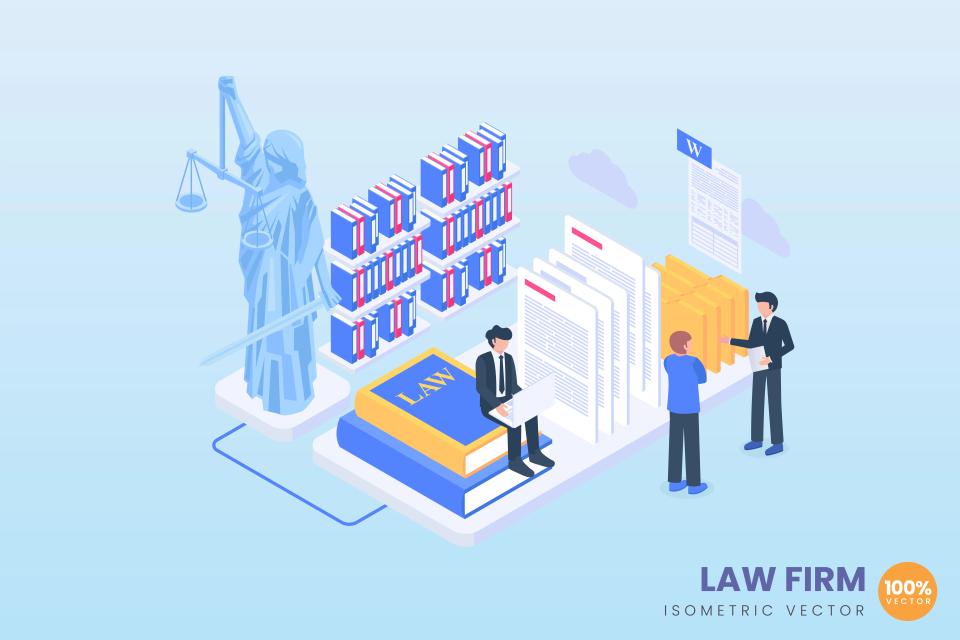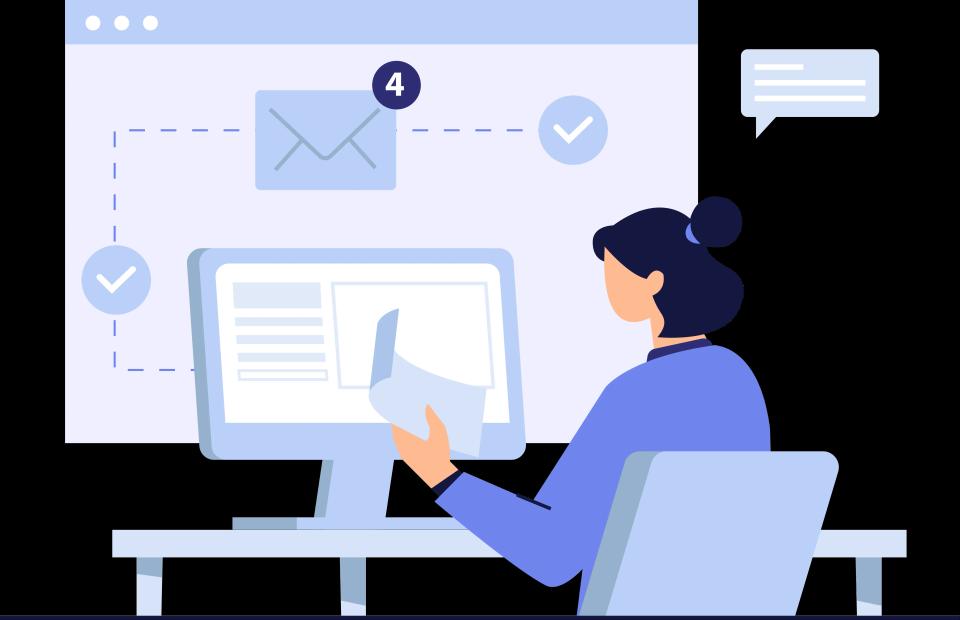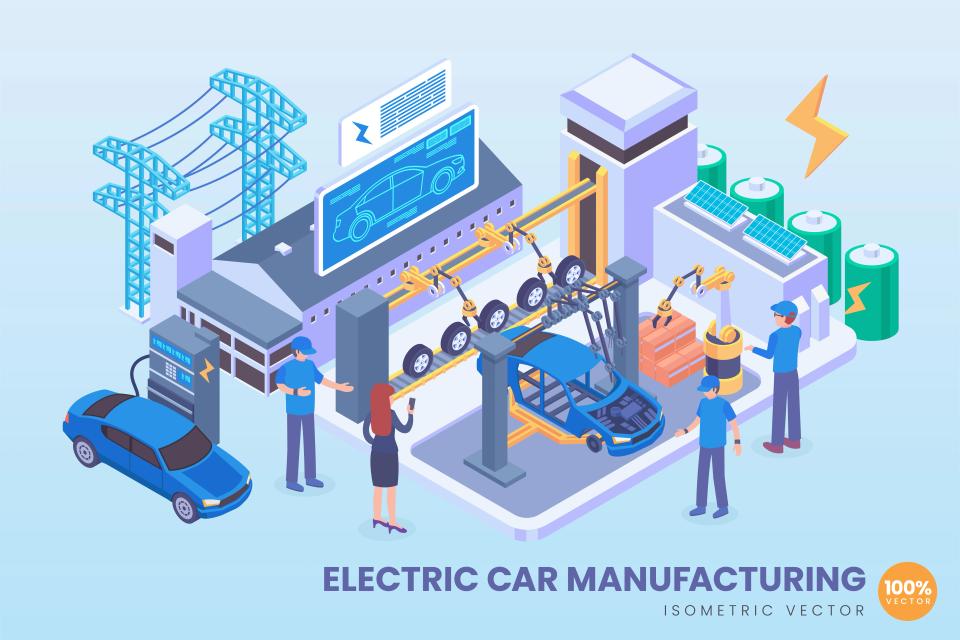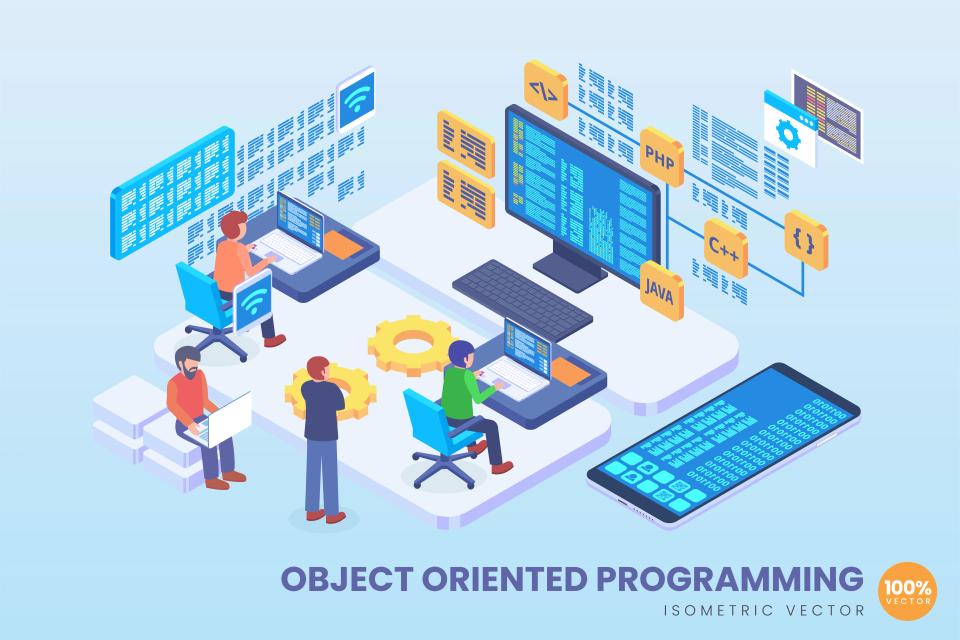Imagine this. You generate qualified leads, nurture powerful relationships, and drive real sales—even while you sleep. This isn’t some far-off dream or a marketing fantasy. It’s the raw, untapped power of strategic email marketing automation.
So, what is it? At its core, email automation is a system that sends targeted, timely, and deeply personal emails to your subscribers automatically. These aren't random email blasts; they are intelligent messages triggered by your audience's own actions. According to Blue Atlas Marketing, automating your email marketing can save you significant time and reduce human error, freeing you to focus on growing your business.
This post is not just another article filled with theory. It is your practical, step-by-step roadmap to building a lead generation machine. By the time you finish reading, you will possess the knowledge to build your own automated email campaigns that don't just get opened—they get results.
The Foundation: Before You Automate, You Need Leads
An engine is useless without fuel. Likewise, your automation system is powerless without a steady stream of high-quality subscribers to nurture. This is the foundational work that separates thriving businesses from those that stagnate.
Crafting an Irresistible Lead Magnet
First, you need a compelling reason for someone to give you their email address. This is your lead magnet—a valuable piece of content offered in exchange for contact information. Think checklists, ebooks, exclusive video training, or powerful templates.
The secret to a great lead magnet is simple: it must solve a very specific, urgent problem for your ideal customer. Don't try to boil the ocean; focus on providing one quick, tangible win. For a deeper look into creating offers that people can't refuse, explore these effective conversion optimization strategies for design and content that turn visitors into subscribers.
Designing High-Converting Opt-in Forms & Landing Pages
Once you have your irresistible offer, you need a frictionless way to deliver it. This is where your opt-in forms and landing pages come into play. Whether you use an embedded form on your blog, a slide-in, or a pop-up, the design must be clean, clear, and focused on a single action.
Research from Mailchimp shows that a clear user experience is paramount for capturing leads. Here’s a CaptivateClick Pro-Tip: A dedicated landing page with a single, powerful call-to-action (CTA) will consistently outperform a busy homepage for lead magnet downloads. To ensure your CTAs are built to convert, review these effective call-to-action placement techniques for maximum impact.
Step 1: Segment Your Audience for Hyper-Personalization
Stop shouting the same message at everyone. The era of the one-size-fits-all email blast is over, and continuing down that path is a surefire recipe for high unsubscribe rates and a disengaged audience. The key to true connection—and conversion—is segmentation.
Why Segmentation is Non-Negotiable
Segmentation is the art and science of dividing your email list into smaller groups based on specific criteria. This allows you to send hyper-relevant messages that resonate on a personal level. The results are staggering; according to Campaign Monitor, marketers who used segmented campaigns noted as much as a 760% increase in revenue.
This isn't just about getting better metrics; it's about treating your subscribers like the individuals they are. It’s how you build trust, establish authority, and transform a passive audience into a tribe of loyal fans. By sending the right message to the right person at the right time, you make your marketing feel less like an interruption and more like a welcome conversation.
Key Segmentation Strategies
So, how do you begin slicing your list for maximum impact? Start with these three powerful segmentation strategies. They are the bedrock of any successful automation plan.
First, segment by Source. Where did the lead come from? Someone who downloaded your "Ultimate Guide to B2B Sales" has different immediate needs than someone who attended your webinar on e-commerce trends. For B2B marketers, understanding how to leverage LinkedIn Ads to drive targeted leads provides a powerful source of segmented traffic from the very beginning.
Next, segment by Behavior. This is where automation truly shines. You can create dynamic segments based on actions your subscribers take—or don't take. Did they visit your pricing page? Abandon a cart? Click a specific link in a previous email? Each action is a signal, and as HubSpot's guide on automation explains, these signals allow you to trigger perfectly timed, relevant follow-ups.
Finally, consider segmenting by Demographics or Firmographics. For B2B, this could be job title, industry, or company size. For B2C, it might be location or past purchase history. This data allows you to tailor your language, offers, and case studies to mirror the world of your subscriber, making your message instantly more relatable and persuasive.
Step 2: Build Your First Automated Email Campaign: The Welcome Series
Your welcome series is the most important email automation you will ever build. It’s your first impression, your digital handshake, and your single best opportunity to turn a new, curious subscriber into an engaged, long-term follower. Get this right, and you set the stage for all future success.
Email 1: The Instant Delivery & Welcome (Day 0)
The moment someone subscribes, the clock starts ticking. Your first email must be sent instantly. Its primary goal is simple: fulfill the promise you made.
Deliver the lead magnet they signed up for right away. Thank them for joining your community and briefly set expectations for what’s to come. This immediate delivery builds trust and reinforces that you are a brand that keeps its word.
Email 2: Introduce Your Value & Build Trust (Day 2)
Now that you’ve delivered the goods, it’s time to go beyond the "what" and explain the "why." Why should they listen to you? What makes your brand different?
Share your origin story, a powerful case study, or your unique value proposition. This email isn’t about selling; it’s about connecting. For businesses focused on high-value clients, this is a critical step in optimizing email campaigns for long-term B2B relationships.
Email 3: Educate and Solve a Problem (Day 4)
You’ve built trust; now it’s time to demonstrate authority. This email should provide pure, unadulterated value. Address a common pain point your audience faces and offer a practical, actionable solution.
This is your chance to prove you understand their world and have the expertise to help them navigate it. You can find powerful inspiration in these step-by-step email outreach strategies to generate qualified leads, which are packed with email outreach tips you can share. This positions you not as a vendor, but as a valuable guide.
Email 4: Social Proof & The Soft CTA (Day 6)
People are wired to follow the crowd. Use this to your advantage by showcasing social proof. Share powerful testimonials, glowing reviews, or the logos of impressive clients you’ve worked with.
End this email with a soft, low-commitment call-to-action. Instead of "Buy Now," try "See Our Work" or "Read Another Popular Blog Post." This gently guides them deeper into your ecosystem without applying hard sales pressure, a key component of effective email marketing campaign strategies.
Step 3: Implement Advanced Automation Techniques for Deeper Nurturing
Once you’ve mastered the welcome series, it’s time to move beyond the basics. Advanced automation workflows allow you to create sophisticated, responsive systems that cater to the entire customer lifecycle. This is how you turn lukewarm leads into paying customers and one-time buyers into lifelong advocates.
The Long-Term Nurture Sequence
What happens to a lead who finishes your welcome series but hasn’t converted? Don’t let them go cold. A long-term nurture sequence keeps your brand top-of-mind by delivering consistent value over weeks or even months.
This sequence should be a strategic mix of educational content, insightful case studies, company news, and occasional promotional offers. The goal is to build a lasting relationship, so when the time is right for them to buy, you are the only logical choice. For a deeper dive, explore these advanced email marketing automation strategies for B2B lead nurturing.
The Re-engagement Campaign
Over time, some subscribers will inevitably become inactive. A re-engagement campaign, also known as a win-back campaign, is a short, targeted series designed to wake them up. Send an email with a compelling subject line like, "Are we still a good fit?" or "Is this goodbye?"
This gives them a chance to raise their hand and re-engage. If they don't, it's a signal to remove them from your active list. As Twilio SendGrid notes, maintaining a clean list is crucial for deliverability and ensures you're only marketing to people who want to hear from you.
The Behavioral Trigger Workflow (Example: Visited Pricing Page)
This is where your automation gets incredibly intelligent. Behavioral triggers launch workflows based on specific actions a user takes on your website or in your app. Imagine a lead visits your pricing page but doesn't request a demo.
Instead of letting that high-intent signal go to waste, you can automatically trigger an email 24 hours later. This email could address common purchase barriers, offer a case study demonstrating ROI, or invite them to a 15-minute chat to answer their questions. This proactive follow-up can be the single difference between a lost lead and a closed deal.
Step 4: Choose Your Tools & Measure Performance
A brilliant strategy is nothing without the right tools to execute it and the right data to refine it. The final step in building your automation engine is selecting your technology stack and committing to a culture of measurement and optimization. This is how you ensure your efforts produce a real, measurable return on investment.
Recommended Email Automation Platforms
The market is flooded with email platforms, but they generally fall into a few categories. Your choice depends on your budget, technical skill, and long-term goals.
- For Small Businesses & Solopreneurs: Platforms like
MailchimpandConvertKitare fantastic starting points. They are known for their user-friendly interfaces and straightforward automation builders. - For Advanced Marketers & Growing Teams: Tools like
ActiveCampaignandHubSpotoffer incredibly powerful segmentation, CRM integration, and complex workflow capabilities.
Here’s the CaptivateClick Perspective: The tool is only half the equation. As experts from Omnisend explain, the strategy you build within the platform is what truly determines your success.
Key Metrics You Must Track
You cannot improve what you do not measure. Tracking these four key metrics is non-negotiable for understanding the health and effectiveness of your automated campaigns.
| Metric | What It Tells You |
|---|---|
| Open Rate | Is your subject line compelling enough to grab attention? |
| Click-Through Rate (CTR) | Is your email content and CTA engaging and relevant? |
| Conversion Rate | Is your email successfully driving the desired action? |
| Unsubscribe Rate | Are you providing value or annoying your audience? |
According to Analytify, consistently tracking these email marketing KPIs is essential for data-driven optimization. A high unsubscribe rate, for example, is a clear signal that your content or frequency is misaligned with audience expectations.
The Power of A/B Testing
Never assume you know what works best. A/B testing, or split testing, is the process of sending two variations of an email to a small portion of your audience to see which one performs better before sending the winner to the rest.
You can test anything: subject lines, calls-to-action, email copy, images, and even send times. This data-driven approach removes guesswork and allows you to continuously improve your automated email campaigns over time. To truly master this, explore these innovative A/B testing techniques for conversion rate optimization.
Conclusion: Your Automated Engine for Sustained Growth
You now have the complete blueprint. We've walked through the entire process, from laying the essential groundwork to implementing sophisticated, data-driven workflows. By following these four key steps—Build Your Foundation, Segment Your Audience, Automate Your Campaigns, and Measure & Optimize—you can transform your email marketing from a manual chore into a powerful, automated engine for growth.
By implementing these email marketing automation techniques, you are building more than just a series of emails. You are creating a reliable, scalable, and predictable system for lead generation via email that works for you 24/7. This is how you achieve sustained growth, build lasting customer relationships, and finally put your lead generation on autopilot.


